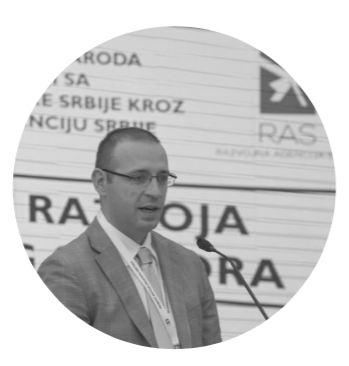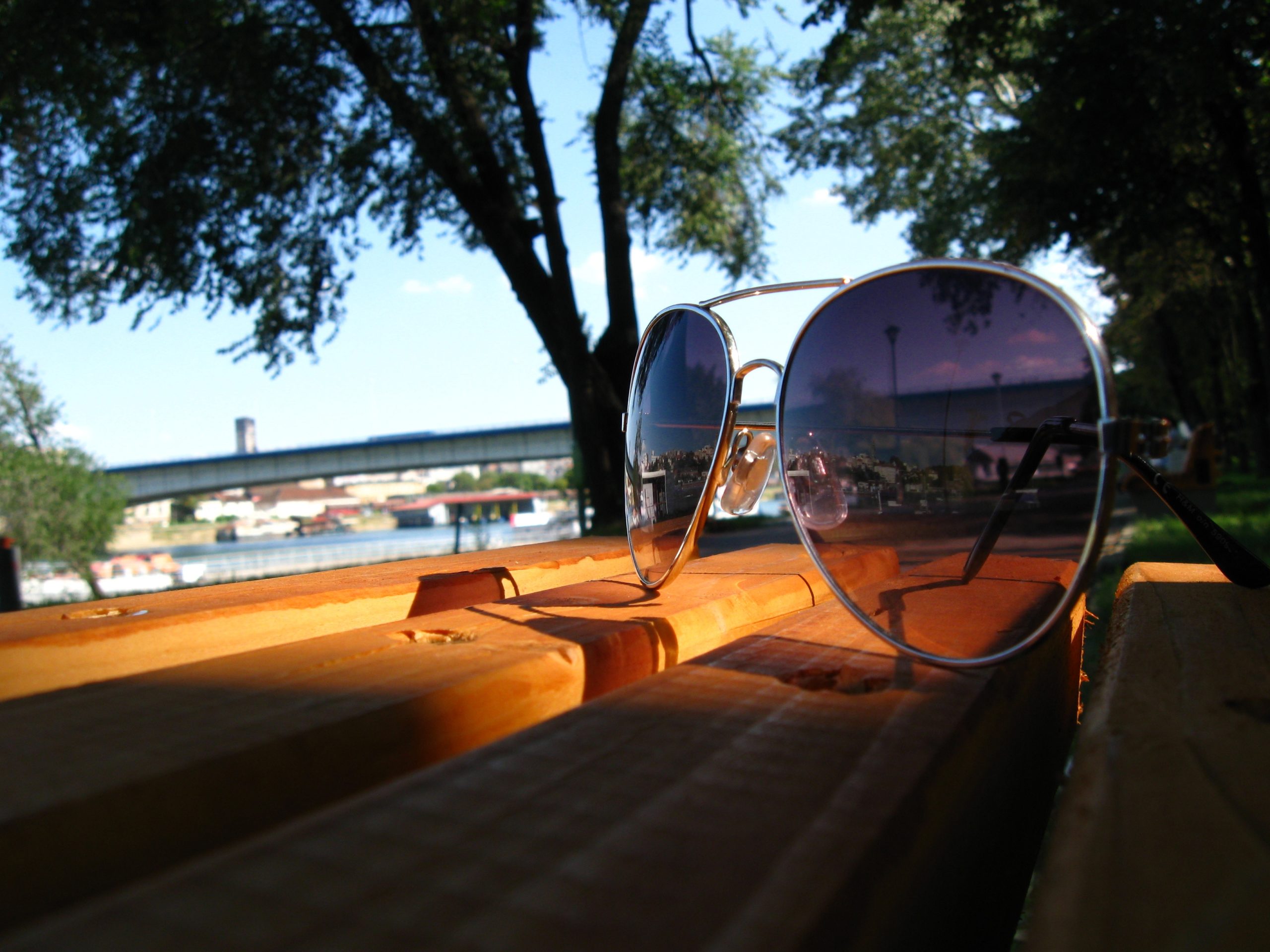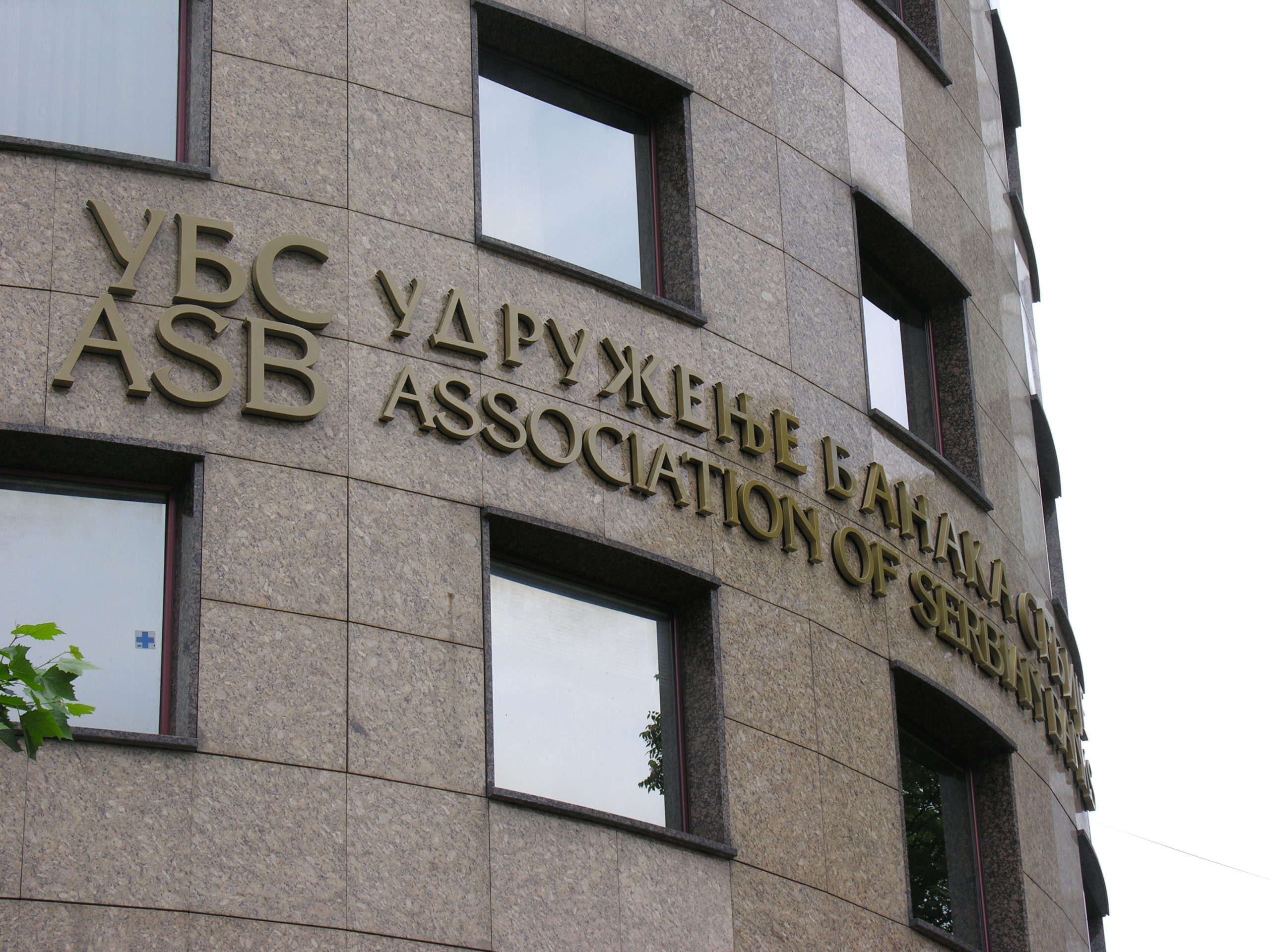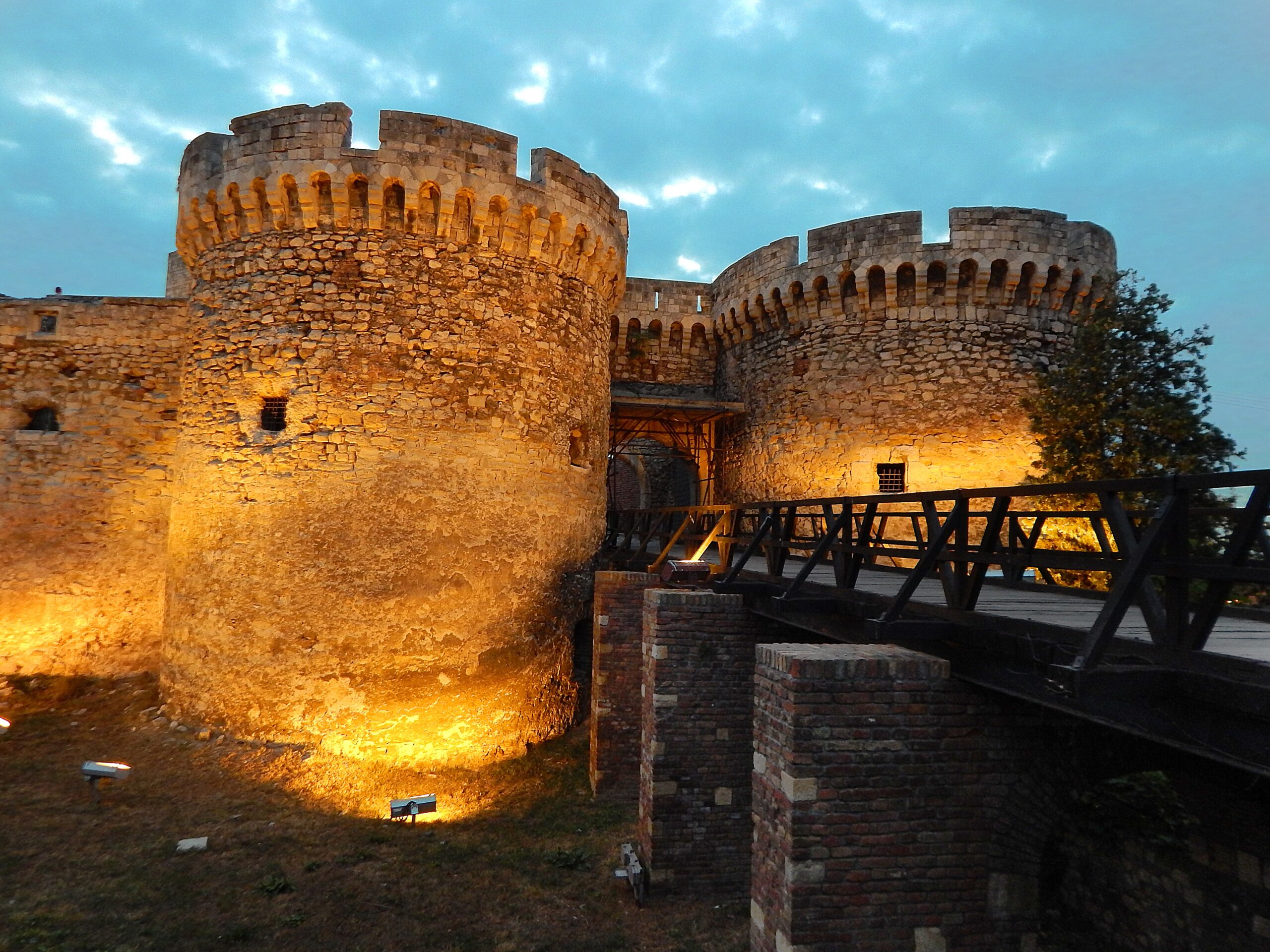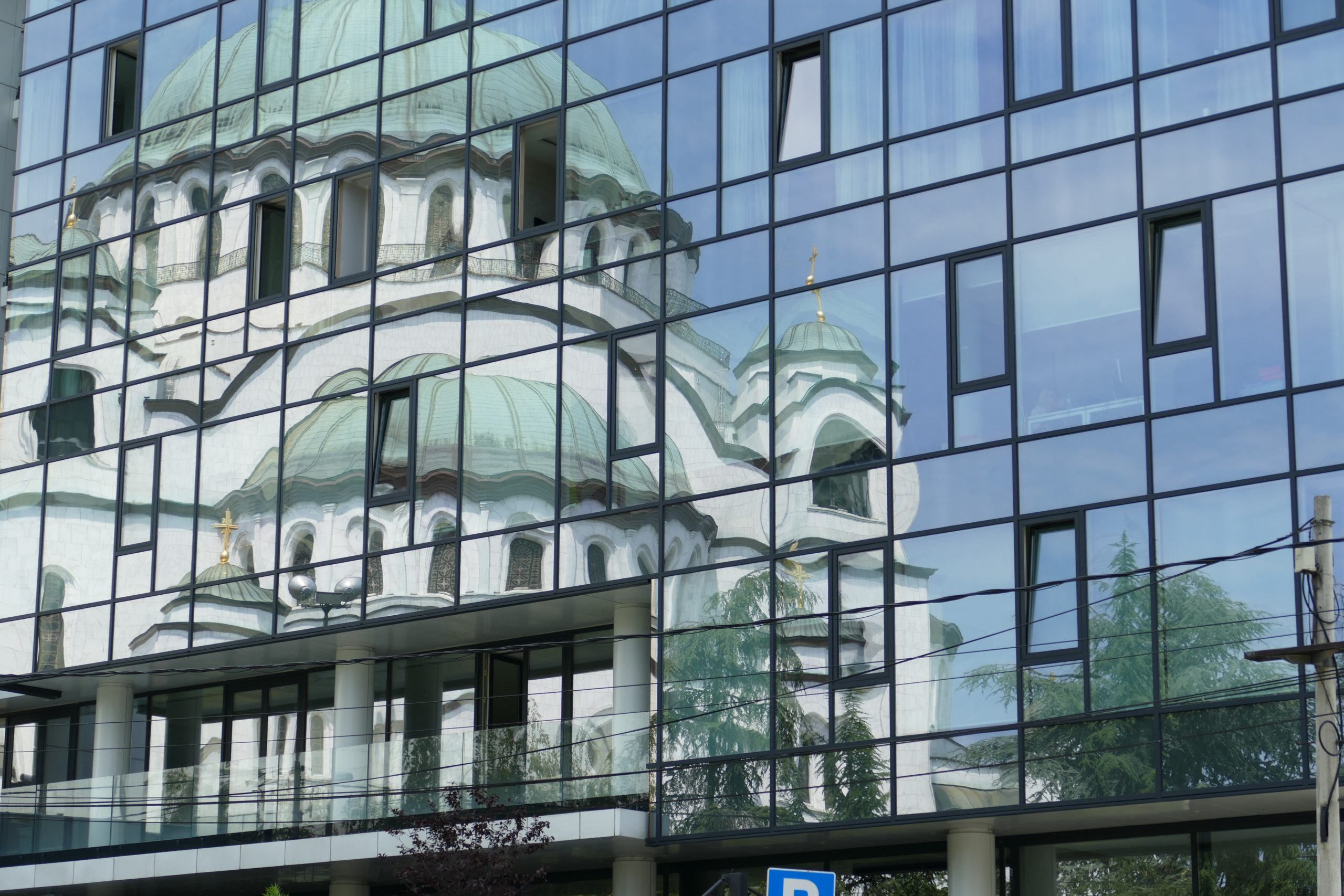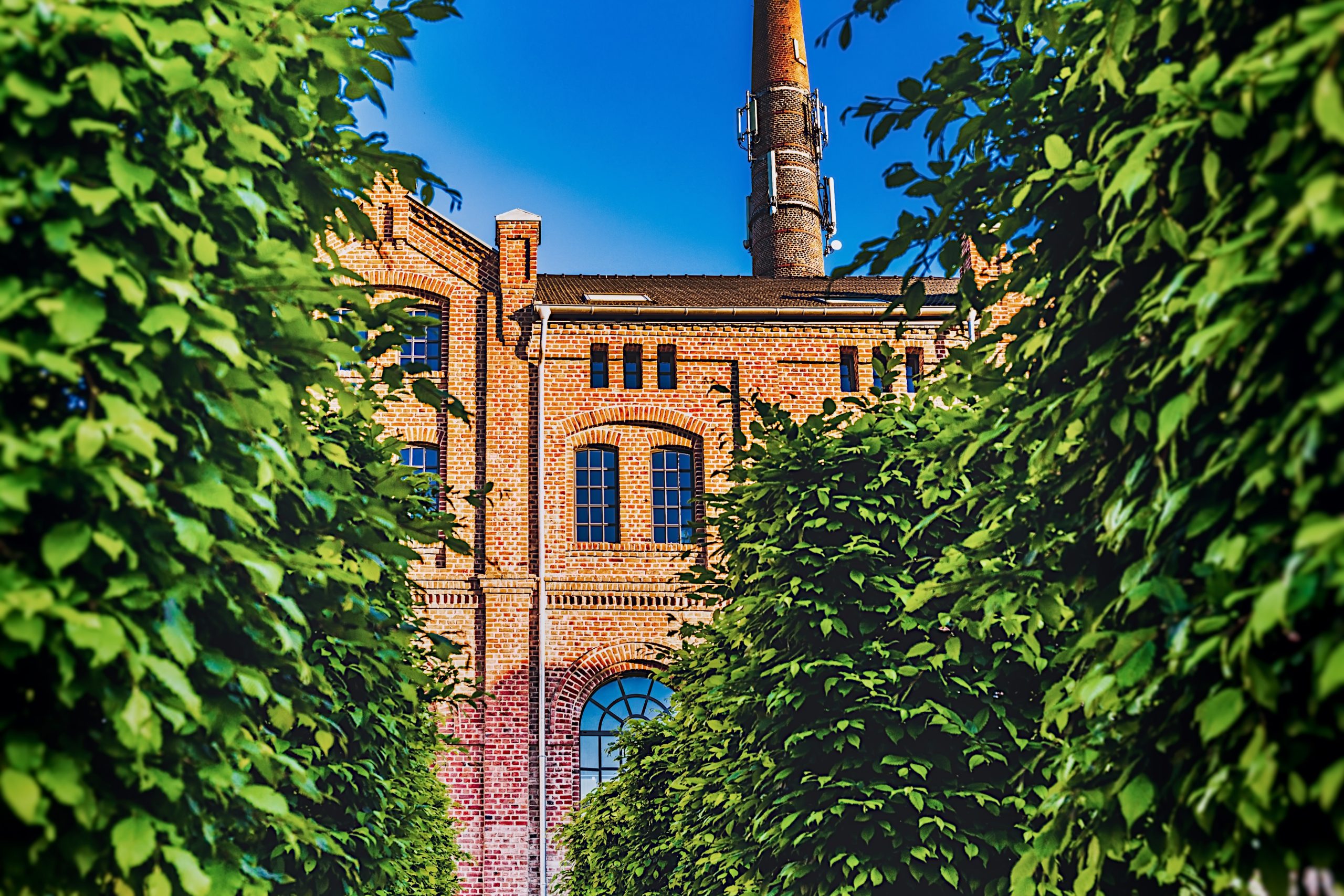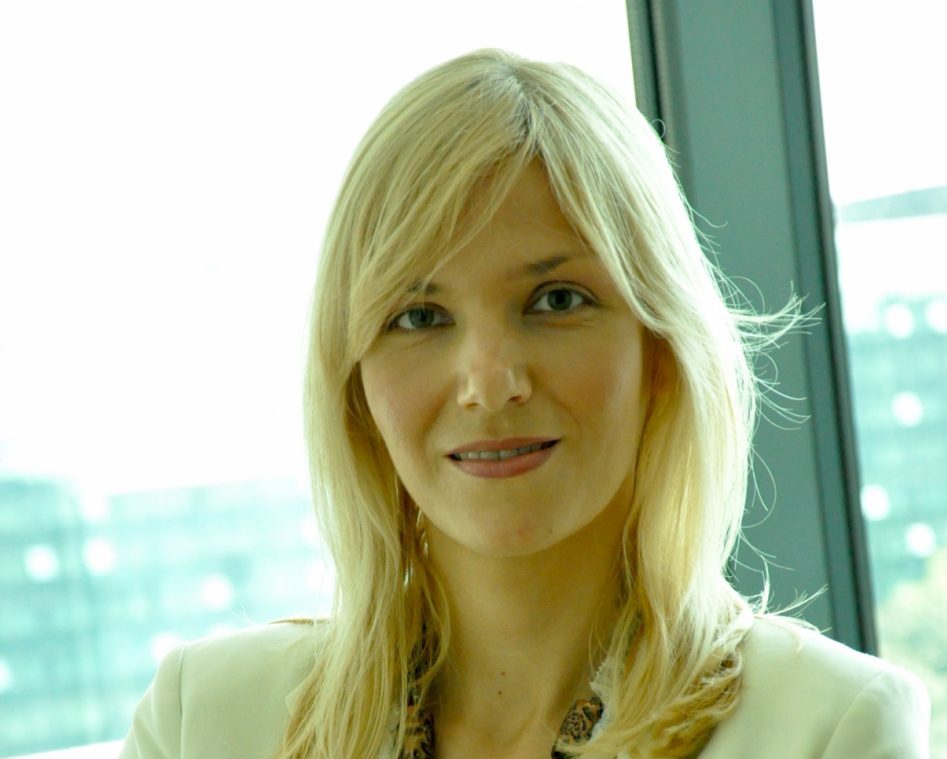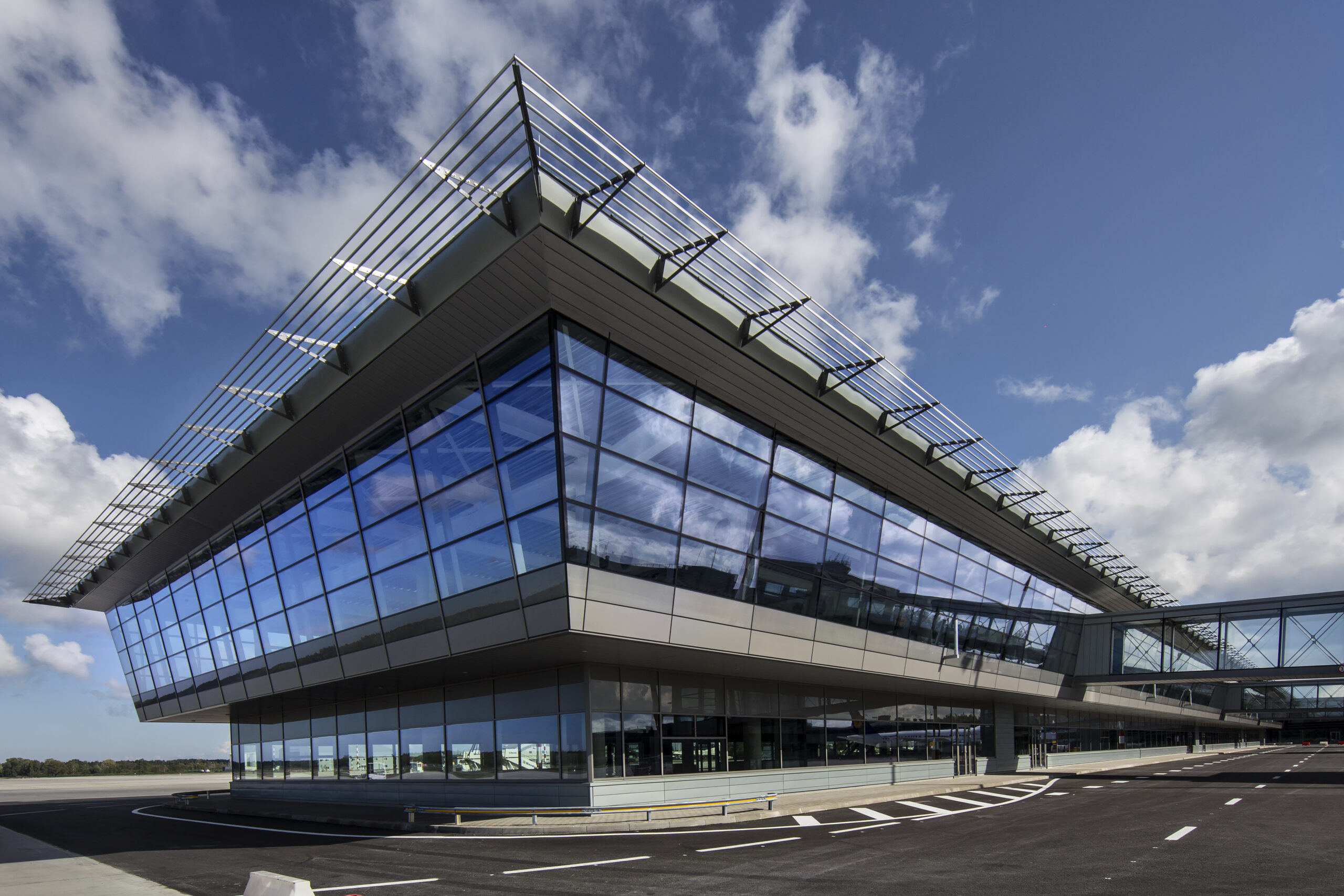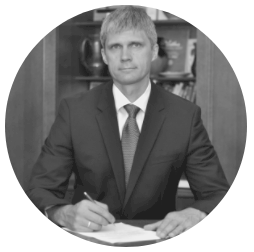Driving economic development along the Causeway Coastal Route

Northern Ireland’s rugged northern coastline offers a compelling blend of natural beauty and economic opportunity. The council area of Causeway Coast and Glens, 50 miles north of Belfast, is world-renowned for being home to the UNESCO World Heritage Site Giant’s Causeway, but beyond its picturesque landscapes, it is also a hub for academia, innovation, and industry.
David Jackson, CEO of Causeway Coast and Glens Borough Council, is a passionate champion of the region’s vast potential. He stated, “With a strong talent pool, thriving economic ecosystem, and deep historical ties to the United States, the region offers large potential for growth, investment, and international collaboration. Our Growth Deal initiative, a range of projects across Causeway Coast and Glens, will further foster ambitions to boost local innovation and competitiveness.”

Powering Talent through Academia
Ulster University, a multi-campus public research university based in Northern Ireland, has a branch in Coleraine, the largest town in Causeway Coast and Glens. The Coleraine campus, along with two other regional colleges, ensures a steady stream of highly skilled graduates entering the local workforce. As global competition for top talent intensifies, the region is positioning itself as a leader in producing professionals in high-value-added fields.
Professor Paul Bartholomew, Vice-Chancellor of Ulster University stated, “Ulster University’s Coleraine campus is fundamental to Northern Ireland. It enables skills development and contributes to advanced research. It is a hub for innovation, scientific excellence, and driving breakthroughs in biomedical sciences. For instance, we acquired funding for a Center for Food and Drug Discovery (CFDD) located at our Coleraine campus. This flagship initiative, in collaboration with the Causeway Coast and Glens Growth Deal, offers local businesses a groundbreaking chance to drive innovation, utilize cutting-edge facilities, and collaborate on projects that will define the future of health, nutrition, and pharmaceuticals.”
According to Jackson, “One of the most promising developments from the Growth Deal is the CFDD. This partnership with Ulster University will advance biomedical research beyond licensing into early-stage drug development. This initiative has attracted significant interest from global pharmaceutical firms, particularly those from the United States.”
The investment aims to create a one-stop facility for all aspects of the drug discovery and food innovation pipeline, accelerating development, testing, and bringing products to market. Beyond the CFDD, the Growth Deal includes a variety of other projects, including the development of an Innovation Hub at North West Regional College in Limavady, and the regeneration of key towns such as Dungiven and Bushmills. Such projects stimulate economic growth and create employment opportunities.
Tech-Driven Enterprise Campus
The Atlantic Link Enterprise Campus, is strategically located next to Ulster University in Coleraine. It is designed to drive economic growth by attracting and supporting businesses. With direct access to Project Kelvin—a high-capacity transatlantic fiber link landing in Coleraine, less than a kilometer from Atlantic Link—businesses enjoy ultra-low-latency global connectivity, making it an ideal location for technology, fintech, and cybersecurity firms. The site provides ready-to-go development land with streamlined planning approvals, ensuring a fast setup process for investors. As part of the Causeway Coast and Glens’ economic vision, the enterprise zone plays a crucial role in fostering innovation, attracting investment, and positioning the region as a leader in the digital economy.

Innovation
The region is renowned for its innovation in agriculture, food and beverage, and manufacturing, consistently setting new standards in quality and sustainability. This is particularly evident in locally grown, globally recognized brands, such as Bushmills Irish Whiskey, which exports over 81% of its products to the United States.
“Several American companies, including Terex, have established a significant presence in the region, proving the location as a strategic and innovative business hub for international companies in other sectors,” added Jackson. Terex is a global leader in the manufacturing of lifting and material-handling equipment. They selected Causeway Coast and Glens for their state-of-the-art facilities in Northern Ireland, where they integrate robotic welding and automation systems, and apply advanced technologies to improve thermal efficiency, minimize energy consumption, and enhance their manufacturing processes.
The council area is home to numerous indigenous success stories, with local businesses innovating and exporting solutions worldwide. One standout example is Seating Matters, a family-owned company transforming health outcomes with its clinically tested, ergonomic chairs designed for individuals with mobility challenges. By integrating cutting-edge technology, lean manufacturing, and research, the company develops life-changing seating solutions that prevent bedsores, pressure injuries, and other complications that can increase mortality. Their products enhance care quality in healthcare and home settings and are trusted by influential organizations, including the US Department of Veterans Affairs.

The Power of Tourism
American tourists are drawn to the region, not only for its breathtaking landscapes but also for its deep ancestral connections to the United States. For instance, the historic port town of Portrush was a departure point for early settlers traveling to America. Notably, US President William McKinley’s ancestral home lies in the village of Dervock, a stone’s throw from the iconic Dark Hedges, made famous by Game of Thrones.
Just a short distance from Coleraine lies Benone Strand, a pristine stretch of golden sand contrasting beautifully against the surrounding green terrain. This seven-mile beach, framed by rolling dunes and vibrant wildflowers, offers the perfect setting for a leisurely walk or a relaxing day by the water.
If you head east from Coleraine you arrive at the home of the famous Royal Portrush Golf Club. The Club will host The Open Championship this summer, attracting an estimated 270,000 visitors; 12% are expected to arrive from the USA. Tickets for the event have sold out, a testament to the growing interest in the region as a premier golf and tourism destination. Beyond golf, coastal walking trails, historic landmarks, and world-class beaches cater to an increasing demand for sustainable, nature-focused tourism.
On the route further east, perched along the Causeway Coastal Route is Magheracross Viewing Point, a must-stop for panoramic vistas of cliffs, waves, and iconic landmarks like Dunluce Castle.
Another jewel of the region is the Giant’s Causeway, a UNESCO World Heritage Site. Comprising over 40,000 interlocking basalt columns, this natural wonder was sculpted by volcanic activity nearly 60 million years ago. The unique geological formation of hexagonal-shaped stepping stones creates a mysterious landscape on the edge of the Atlantic Ocean. The site is steeped in myth and legend, with the story of the Irish giant Finn McCool tied to its origins. Supposedly Finn McCool built a stone path to reach Scotland, but it was later destroyed by his Scottish enemy, another giant named Benandonner.
A 15-minute drive east from Giant’s Causeway suspended high above the crashing waves, Carrick-a-Rede Rope Bridge offers a thrilling walk between rugged cliffs and a tiny island known for its fishing heritage.
Another full-day escape into nature is the Glenariff Nature Reserve, a serene haven of cascading waterfalls, lush woodlands, and scenic trails.


A Future Filled with Possibilities
With its focus on innovation, the council aims to attract FDI and further foster academic collaborations. Whether drawn by its economic potential, breathtaking landscapes, or the pull of ancestral heritage, Causeway Coast and Glens remains a destination of global appeal worth exploring, investing in, and celebrating.

